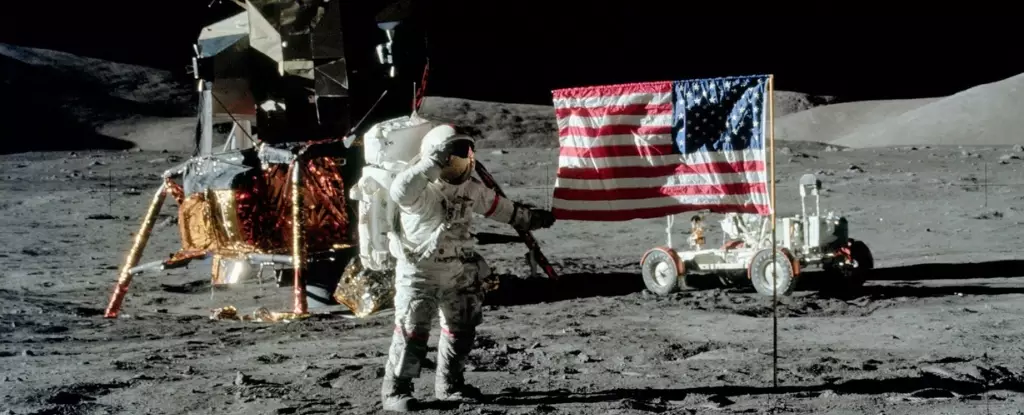From ancient times, humans have gazed at the sky, using the stars as guides for navigation and seeking spiritual connections. Throughout history, civilizations have turned to the stars to measure time and find meaning. As our thirst for knowledge and technological advancements have grown, the dream of space travel has become more attainable. Recent developments, such as the Second World War, the Industrial Revolution, the Cold War, and the exploitation of Earth’s resources, have only fueled these dreams further. With the rise of space tourism, plans for moon and Mars missions, and even lunar mining, the space race is now evolving into space industrialization.
NASA estimates that the moon holds hundreds of billions of dollars’ worth of untapped resources, including water, helium-3, and rare earth metals. These valuable resources are crucial in various industries, especially electronics. However, as a group of academics studying environmental sustainability on Earth, we are deeply concerned about the rapid pace of these developments and the potential impacts they may have on lunar and space environments.
A movement among the international geologic scientific community is calling for the recognition of a new epoch known as the Anthropocene. This term reflects the significant extent to which human activities have altered the planet since the end of the Second World War. Stratigraphers, who study rock and sediment layers, look for measurable global impacts of human activities in the geologic record. According to their research, the Anthropocene is said to have started in the 1950s, with the fallout from nuclear testing. To shock humanity into preventing further destruction in space, adding a “lunar Anthropocene” to the moon’s geologic time scale may be an effective approach.
The case for a lunar Anthropocene is intriguing. It can be argued that human impact on the moon’s surface has been evident since the first contact. Now, with plans for increased human activity on the moon, this impact is likely to escalate dramatically. However, the concept of a new geologic epoch for the moon is hotly debated among stratigraphers and researchers in various fields.
For humanities researchers and artists, the significance of the Anthropocene lies in its ability to evoke a sense of human responsibility for the state of the Earth’s system. Technoscientific advancements, which have driven socio-political economies reliant on extractivism, consumption, and waste, have led us to the current extent of damage on Earth. Throughout history, societies understood the importance of their relationship with the natural world for survival. However, industrialization and relentless economic growth in developed countries have severed this relationship. Our rampant industrial growth has led to the destruction of forests and other natural resources, with more trees cut down in the past century than in the previous 9,000 years.
The consequences of our throwaway society extend beyond Earth; they now reach the moon and beyond. NASA estimates that approximately 227,000 kilograms of human garbage, including equipment, excrement, statues, and even human ashes, are littering the moon. This accumulation of waste highlights the similarity between what has occurred on our planet and what could happen in space. Just as humans have exploited Earth’s resources and created environmental degradation, we now face the potential destruction of lunar environments through increased moon missions and resource extraction.
In order to sustain our existence, we must reevaluate our consumption patterns and shift away from our throwaway society. Without a fully functional Earth system, which includes biodiversity and nature’s contribution to life, we will be unable to survive. Consequently, the time is ripe to issue a word of caution and preemptively shock those actors likely to impact the moon’s surface. Naming a lunar Anthropocene could serve as a wake-up call and help prevent the widespread destruction we have observed and continue to witness on Earth.
As humanity sets its sights on the stars, we must not repeat the mistakes we have made on Earth. The dream of space travel and the opportunities it presents should not come at the expense of further environmental degradation. The concept of the Anthropocene reminds us of our responsibility to protect our planet and any celestial bodies we explore. Let us endeavor to build a sustainable future that values the preservation of nature and the harmony between human civilization and the cosmos.


Leave a Reply